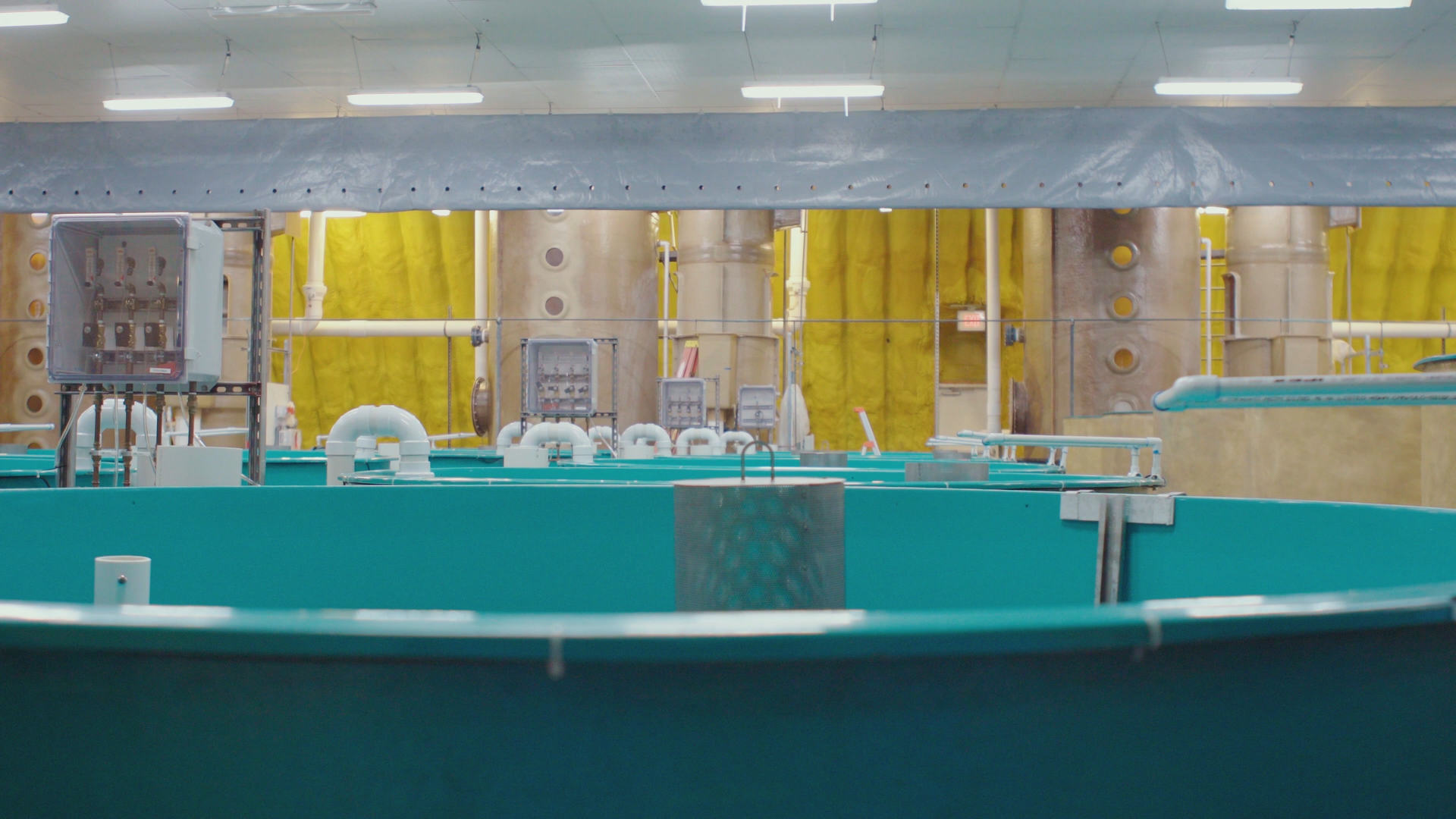Bioengineered fish have been known to cause mixed feelings. Unnatural, right? Well, after 30 years of debate on whether we should be eating “Frankenfish,” this funky food source is finally coming to a store near you. Like it or not, GMO salmon and possibly other genetically engineered animal meats will soon be on the shelves of your local supermarket. And, these new futuristic foods may be revolutionizing the global food system right in front of our eyes.
AquaBounty, the biotechnology company based in Massachusetts and known for its R&D on GMO salmon, recently received its first shipment of genetically modified salmon eggs. Once harvested, these will become the first ever of its kind approved for consumption in the United States.

As wild caught salmon struggles to keep pace with our growing world population (and fish-eating enthusiasts), AquaBounty and others like it can fill the void. Scientists are able to grow fish to market weight in half the time of conventional salmon.
These super-fast growers have a few major advantages. First, they need significantly less food.
As AquaBounty CEO Sylvia Wulf puts it, “they have an improved feed conversion ratio. For every pound of feed that you put in, you get more than a pound of meat out. If you think about cattle, it takes eight pounds of feed to create one pound of meat. With our fish, you put a pound in and you get one and a quarter out.”
And second, you can simply grow a ton more of them. AquaBounty grows their fish in big tanks and the facility is high tech. Tight controls on the conditions prevents disease and water is recirculated for extreme efficiency.

Sounds great right? It’s actually been quite the uphill battle for the AquaBounty team. Genetically modified anything is very controversial. Two big questions needed to be answered: 1. What if they get out? 2. Are they safe to eat?
“Food from AquaAdvantage Salmon is as safe to eat as food from non-GE Atlantic salmon. In addition, the nutritional profile of AquaAdvantage Salmon is comparable to that of non-GE farm-raised Atlantic salmon.”
To address the first, we interviewed Peter Bowyer, a farm manager at AquaBounty. Besides the facility being in Indiana and nowhere close to native salmon, Peter explains that there is a very high level of physical containment: “For every possible escape route out of the facility we have layers of containment. There are physical barriers to prevent the passage of the fish with numerous redundant layers.”
On top of the physical barriers, nearly every single fish is sterile. This makes it pretty tough for the Frankenfish to escape and spread.
On the second major question–is this fish ok to actually eat?–that was answered clearly by the FDA. In short, it is in fact safe and there is no meaningful difference between AquaBounty salmon and Atlantic salmon.
A Green Light for Frankenfish. Now What?
Now that AquaBounty has the go-ahead to sell on U.S. shores, what does it mean for the industry? Does this hard-fought win blaze a trail for others or does it discourage future producers of GMO salmon and other animals?
Dr. Alison Van Eenennam, a specialist from UC Davis, fears it’s the latter:
“I’ve worked in this field for over 30 years and only one product has even reached the market. How depressing is that?” There have been a number of very useful applications developed over the years and they are all sitting on a shelf because very few have the capital to fund the battle against regulatory hurdles.
The real downside here is that this technology could be incredibly helpful to people in the developing world. Because of the frustrating blockers, biotech innovation is simply not being used to help people starving across the globe.
“I think most people want healthy and safe food and to reduce our environmental foodprint of our existence on earth. Quite honestly, I can’t think of an industry that more requires innovative technology to reduce the environmental footprint.”
Dr. Alison Van Eenennam UC Davis
One thing is clear. Conventional methods are not going to feed an extra 2 billion people on this planet. Whether or not this trend continues and more GMO salmon companies follow, it’s still refreshing to see a pioneer like AquaBounty using science and persistence to solve such a big world problem.
Up Next
Want more on the future of food? Join Michael O’shea in Copenhagen as he visits the most efficient greenhouses in the world.


